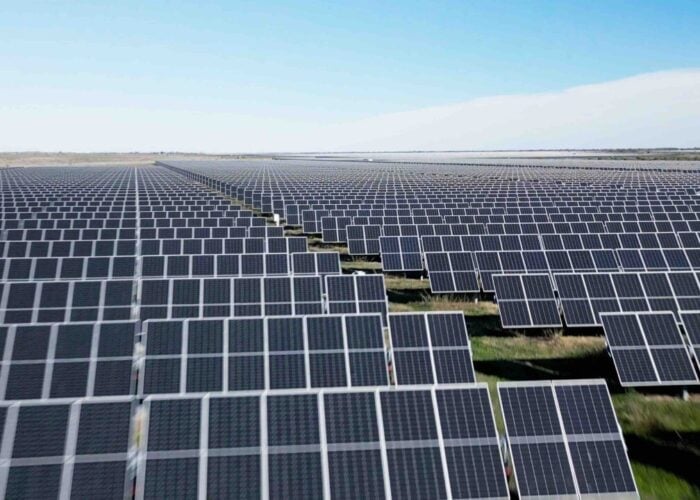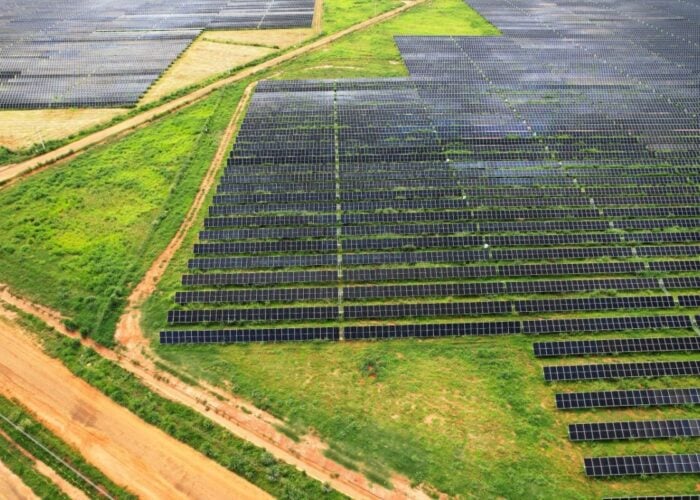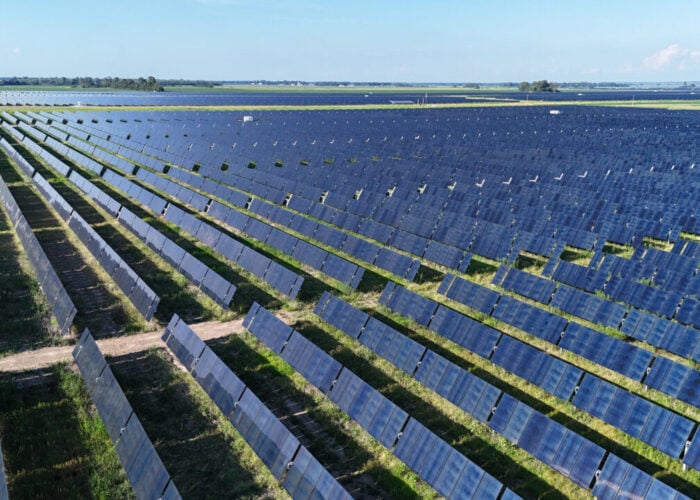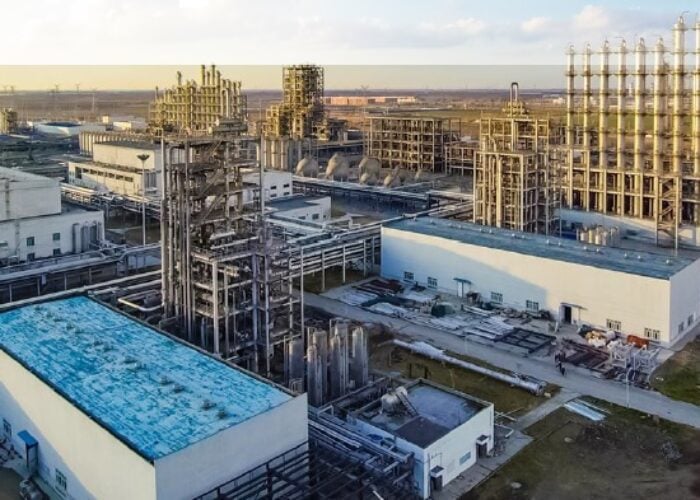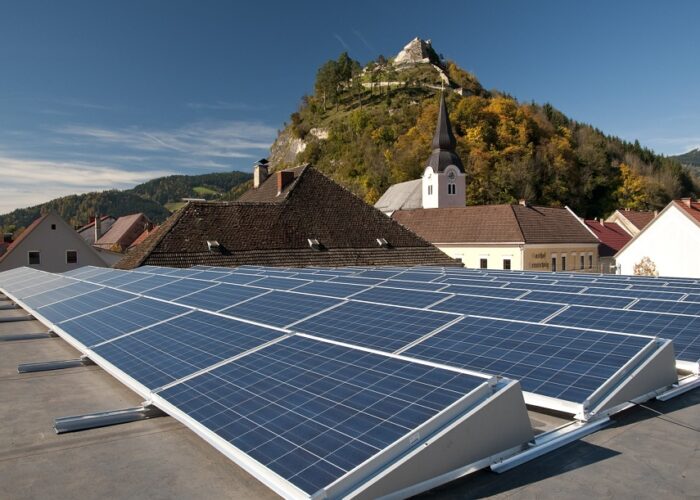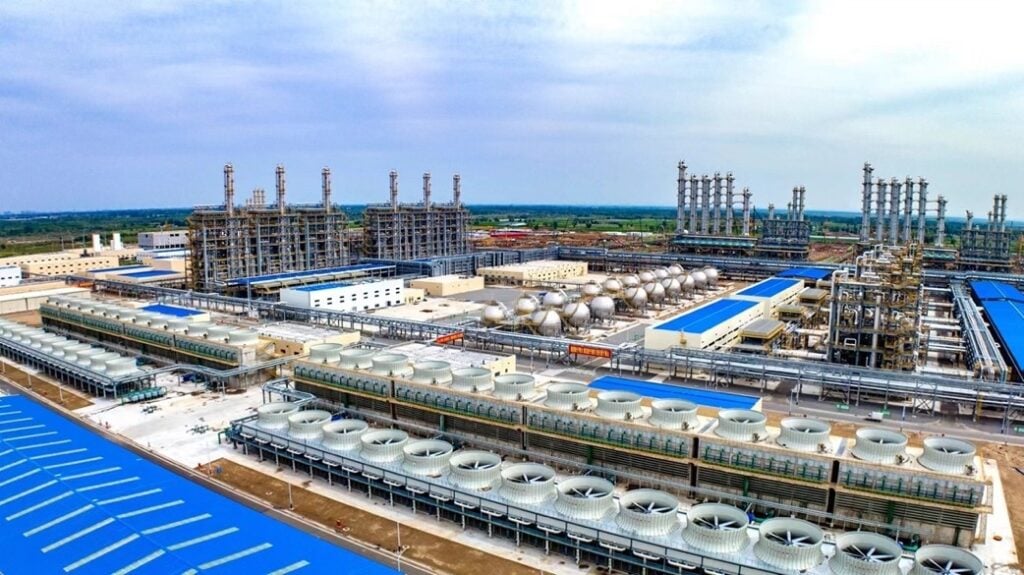
Chinese polysilicon manufacturer Daqo New Energy has posted gross losses of US$81.5 million, and a gross margin of -65.8% in the first quarter of 2025, a decline in both metrics from the previous quarter.
In the final quarter of 2024, the company posted losses of US$65.3 million and a gross margin of -33.4%. Compared to the figures for the first quarter of 2025, the latest figures are even more striking; from the first quarter of 2024 to the first quarter of 2025, the company’s gross profits of US$72.1 million turned into losses, and its gross margin of 17.4% turned negative.
Try Premium for just $1
- Full premium access for the first month at only $1
- Converts to an annual rate after 30 days unless cancelled
- Cancel anytime during the trial period
Premium Benefits
- Expert industry analysis and interviews
- Digital access to PV Tech Power journal
- Exclusive event discounts
Or get the full Premium subscription right away
Or continue reading this article for free
Much of these poor financial performances stem from a decline in both volumes and price of polysilicon sales. The company sold 28,008 metric tonnes of polysilicon in the first quarter of 2025, marking the seventh consecutive quarter that polysilicon sales have fallen quarter-on-quarter.
However, while the company’s polysilicon production has fallen considerably over the last 12 months, as shown in the graph below, the first quarter of this year marks the second consecutive quarter that sales have outpaced production, which the company’s leadership highlighted as a success.
“On the operational front, the company operated at a reduced utilisation rate of approximately 33% of our nameplate capacity in response to challenging market conditions and weak selling prices, “said Daqo CEO Xiang Xu. “However, sales volume reached 28,008 metric tonnes, exceeding production and enabling us to reduce inventory to a healthier level.”
“During the first quarter, polysilicon producers implemented self-discipline measures to mitigate the impact of irrational competition amid falling prices, resulting in an industry-wide capacity utilisation of approximately 50%,” explained Xu. “According to industry data, domestic polysilicon production volume came in at 105,500 metric tonnes in March and below 100,000 metric tonnes for both January and February. Consequently, supply in the first quarter fell short of demand, gradually reducing industry inventory levels.”
Tackling oversupply
The cutting of production capacity is Daqo’s response to the longstanding oversupply issue facing the global solar sector, that had significantly diminished interest in products such as those that use polysilicon.
The company has consistently slashed polysilicon prices, too, from an average selling price of US$5.66/kg in 2024 to US$4.37kg in the first quarter of 2025, as it looks to sell more products, a move that will also make it harder for the company to return to making a profit. Daqo’s revenues have been cut by more than two-thirds in the last year, from US$415.3 million in the first quarter of 2024 to US$123.9 million in the first quarter of 2025.
Looking ahead, Daqo expects its end-of-year polysilicon production volumes to range from 110,000 metric tonnes to 140,000 metric tonnes, a significant decline from the 205,068 metric tonnes produced in 2024. Part of this forecast stems from the company’s recent spiralling costs of production, which have affected how much polysilicon it is able to produce without losing money; between the fourth quarter of 2024 and the first quarter of 2025, Daqo New Energy’s average polysilicon total production cost increased from US$6.81/kg to US$7.57/kg.

